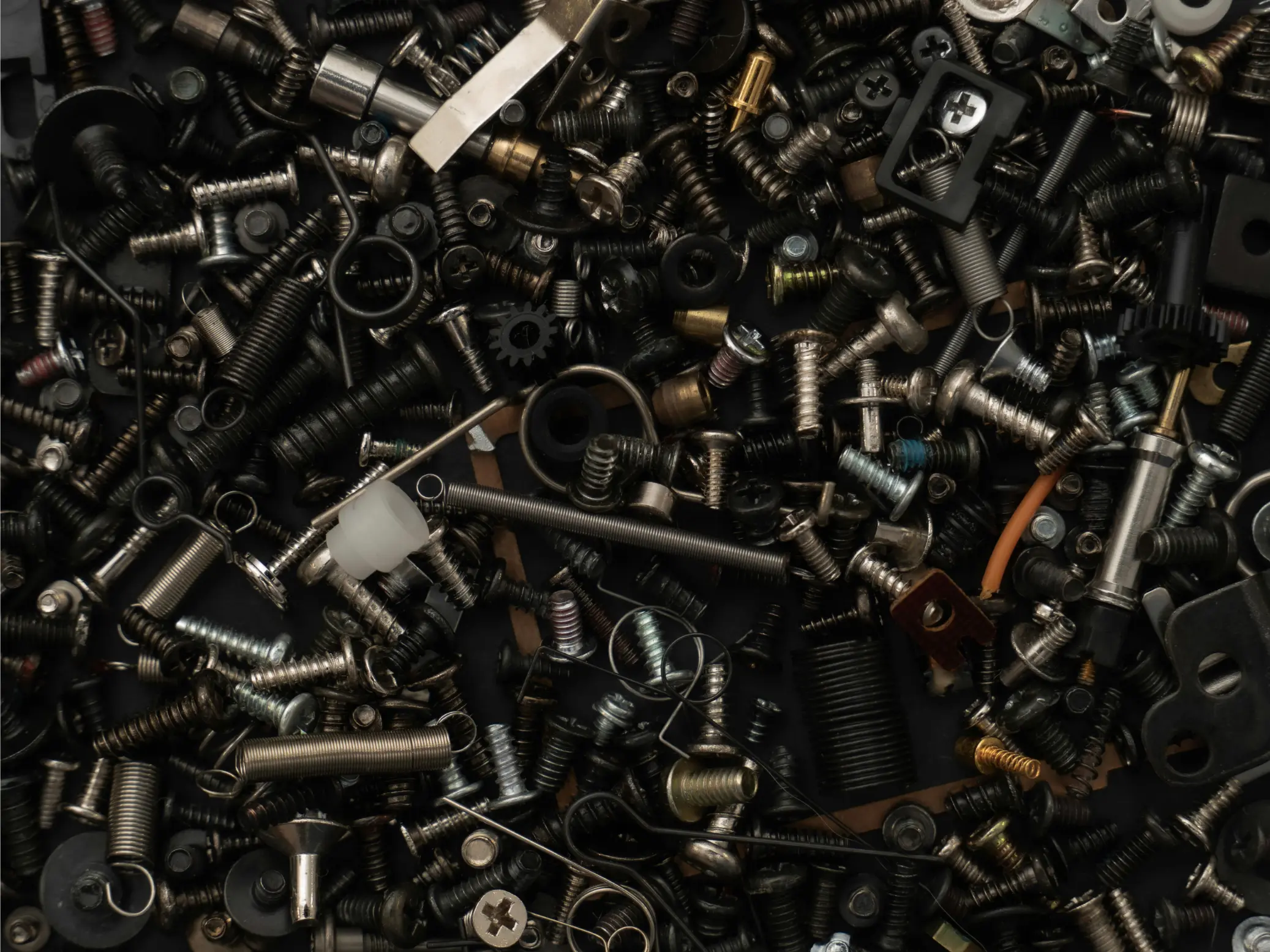By utilizing these methods, you can effectively identify whether a metal is ferrous or non-ferrous, which is crucial for sorting materials in metal recycling centers and determining their appropriate recycling processes.
Here’s how you can typically distinguish between ferrous and non-ferrous metals:
1. Magnet Test:
Ferrous Metals: Ferrous metals are attracted to magnets due to their iron content. Using a magnet, you can easily identify ferrous metals as they will be attracted to the magnet.
Non-Ferrous Metals: Non-ferrous metals are not magnetic, so they will not be attracted to a magnet. If a metal does not stick to a magnet, it is likely non-ferrous.
2. Visual Inspection:
Color: Ferrous metals often have a dull gray color, whereas non-ferrous metals may exhibit a wider range of colors, including silver, gold, bronze, brass, and copper.
Corrosion: Ferrous metals are prone to rust and corrosion, which can give them a reddish-brown appearance. Non-ferrous metals, particularly those like aluminum and stainless steel, may show signs of oxidation but typically do not rust like ferrous metals.
3. Weight:
Density: Ferrous metals are generally denser and heavier compared to non-ferrous metals. This difference in weight can sometimes be discerned by simply lifting the metal object, with ferrous metals feeling heavier than non-ferrous ones.
4. Spark Test:
Spark Pattern: When grinding or striking a metal against another hard surface, the sparks produced can provide clues about its composition.
Ferrous Metals: Ferrous metals produce relatively dull, red sparks.
Non-Ferrous Metals: Non-ferrous metals produce brighter, more colorful sparks with varying patterns depending on the specific metal. For example, copper produces green sparks, while aluminum produces white sparks.
5. Corrosion Resistance:
Corrosion: Ferrous metals are susceptible to rust and corrosion, while many non-ferrous metals have excellent corrosion resistance. Observing signs of rust or corrosion can help differentiate between the two types of metals.



